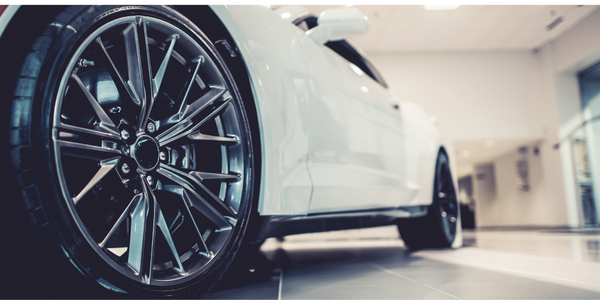Overview
 |
Robotic Guidance: Automatic Wheel MountingVISIO NERF |

|
Analytics & Modeling - Computer Vision Software | |
Automotive | |
Discrete Manufacturing | |
Computer Vision | |
System Integration | |
Operational Impact
| [Efficiency Improvement - Productivity] 3D vision systems are capable of capturing high-quality point clouds of different types of materials. The system is robust to colour and brightness parts: tires with a dull surface, rotors with a bright glossy surface. In addition, the design of the sensor makes it possible to simultaneously acquire parts made of multiple materials in the same scene. The visual processing cycle is 3.5 seconds, the efficiency is greatly improved, the initial problem has been solved, and the whole process no longer requires any worker participation. | |
Quantitative Benefit
Depending on the manufacturer's production needs, the complete solution can scale from a few hundred to thousands of vehicles per day. The customer's current production is 250 vehicles per day and the uptime of the wheel mounting system is consistently 99.5%. The program picks up the wheel and mounts it to the rotor, with multiple functions, including those needed to handle different surfaces, mounting locations, and bolts. | |


